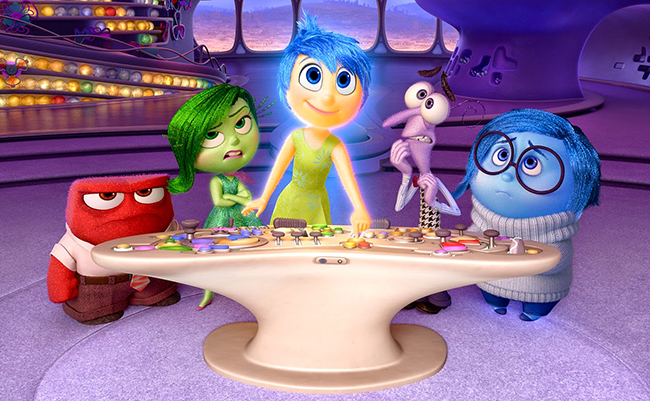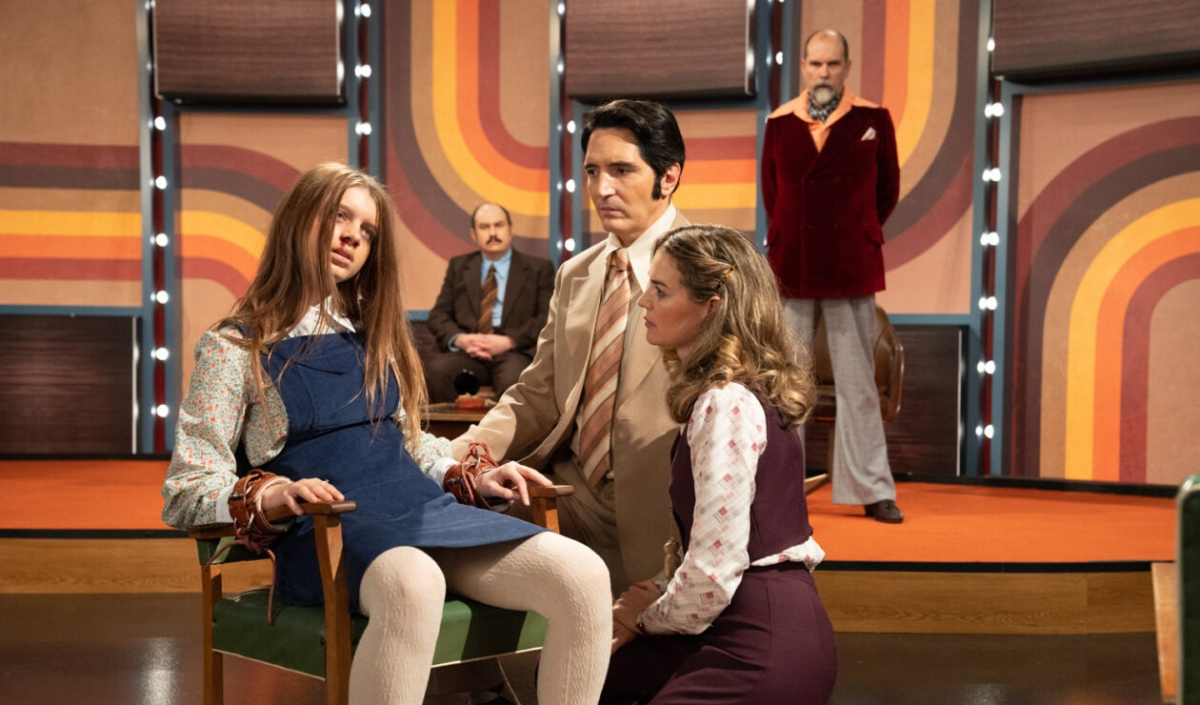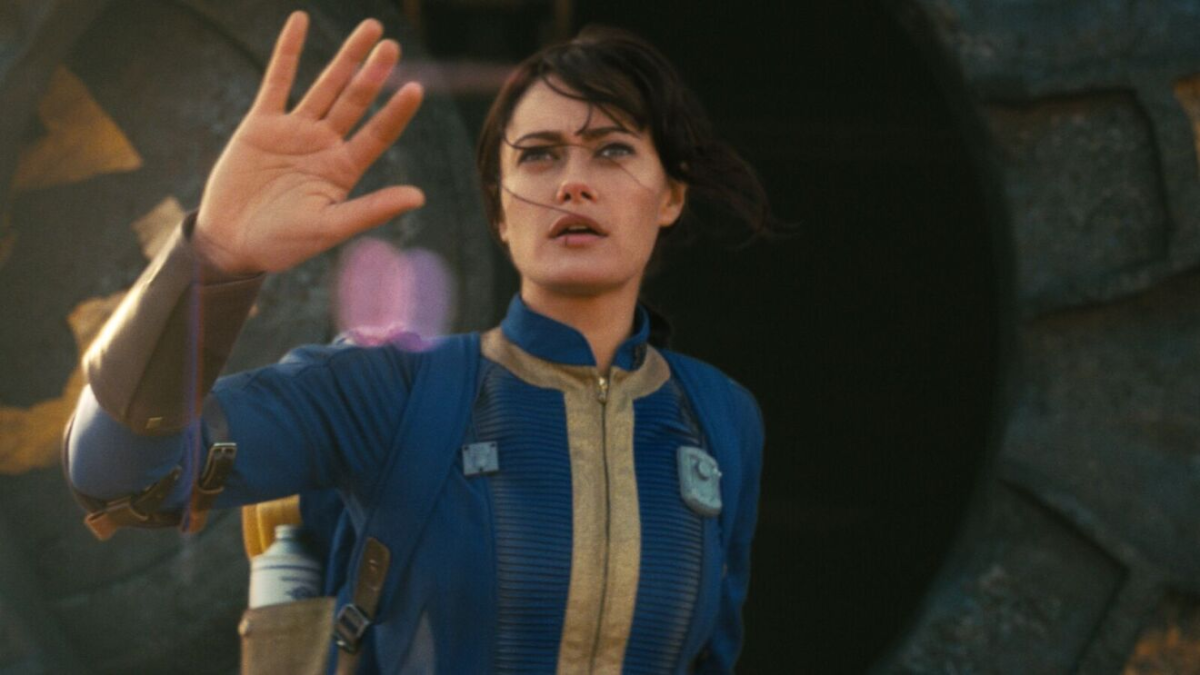After a series of mediocre to decent films, Pixar makes a comeback with “Inside Out,” the studio’s most ambitious exploration of the human experience yet.
The movie is a nuanced visual allegory for how people’s emotions affect them, serving up clever representations for the mind’s inner workings. “Inside Out” delivers a moving story and wonderful visuals that make it one of Pixar’s best films to date.
The film’s main characters are five personifications of the emotions of a young girl, Riley (Kaitlyn Dias). They are Joy (Amy Poehler), Sadness (Phyllis Smith), Fear (Bill Hader), Anger (Lewis Black) and Disgust (Mindy Kaling). The emotions control Riley from Headquarters, a command center in her brain. Since Riley’s birth, Joy has been her main emotion, often casting Sadness aside because she fears seeing Riley miserable.
So far, Riley’s life has been pretty good until her family moves from Minnesota to San Francisco. Riley and her emotions have to face new challenges: living in a crummy old house, going to a new school and making new friends.
As the emotions try to work out their roles in this new environment, Joy and Sadness are accidentally ejected out of Headquarters, leaving the remaining emotions in control. Fear, Anger and Disgust decide Riley’s best course of action is to run away from home and return to Minnesota. Joy and Sadness must get back to Headquarters and stop her before it’s too late.
Poehler and Smith anchor most of the film with their dueling performances. Poehler imbues Joy with her trademark peppiness, and Smith molds Sadness into a somber and reserved outsider.
Black stands out as Anger, portraying the character’s explosive outbursts in a sweet and adorable manner. Kaling’s bratty Disgust and Hader’s anxietyridden Fear play smaller, lessmemorable roles, but they play a necessary part in rounding out the cast.
“Inside Out” features an imaginative art style. Riley’s mind, which consists of candy-colored settings, contrasts with the muted, sometimes gloomy, world around her. The different parts of Riley’s mind are designed to reflect their purposes — the dreammaking center is a bustling film studio, Headquarters looks like an air traffic control tower and the train of thought is, of course, a train.
Pixar communicates the importance of emotional wellbeing. As Riley falls into a depression, she no longer finds satisfaction in her hobbies, such as hockey and in spending time with her family and friends. This causes the parts of her brain devoted to her love for them to crumble.
The more parts of her mind she loses, the less engaged she becomes.
Joy believes suppressing Sadness must be the solution to Riley’s problems. But director Pete Docter and screenwriters Meg LeFauve and Josh Cooley impart that Riley should accept that she is sad. She spends much of the movie pretending to be happy and leads her parents to believe she has accepted the move, preventing her from getting the emotional support she really needs.
If there is one thing audiences should remember about “Inside Out,” it’s the lesson that all emotions play a part in keeping a person healthy.
It shouldn’t be a surprise that a movie about emotions is emotional. “Inside Out” boasts a stellar cast, impressive animation and a thoughtful meditation on love, loss and growing up.
After a series of mediocre to decent films, Pixar makes a comeback with “Inside Out,” the studio’s most ambitious exploration of the human experience yet.
The movie is a nuanced visual allegory for how people’s emotions affect them, serving up clever representations for the mind’s inner workings. “Inside Out” delivers a moving story and wonderful visuals that make it one of Pixar’s best films to date.
The film’s main characters are five personifications of the emotions of a young girl, Riley (Kaitlyn Dias). They are Joy (Amy Poehler), Sadness (Phyllis Smith), Fear (Bill Hader), Anger (Lewis Black) and Disgust (Mindy Kaling). The emotions control Riley from Headquarters, a command center in her brain. Since Riley’s birth, Joy has been her main emotion, often casting Sadness aside because she fears seeing Riley miserable.
So far, Riley’s life has been pretty good – until her family moves from Minnesota to San Francisco. Riley and her emotions have to face new challenges: living in a crummy old house, going to a new school and making new friends.
As the emotions try to work out their roles in this new environment, Joy and Sadness are accidentally ejected out of Headquarters, leaving the remaining emotions in control. Fear, Anger and Disgust decide Riley’s best course of action is to run away from home and return to Minnesota. Joy and Sadness must get back to Headquarters and stop her before it’s too late.
Poehler and Smith anchor most of the film with their dueling performances. Poehler imbues Joy with her trademark peppiness, while Smith molds Sadness into a somber and reserved outsider. Black stands out as Anger, portraying the character’s explosive outbursts in a sweet and adorable manner. Kaling’s bratty Disgust and Hader’s anxiety-ridden Fear play smaller, less-memorable roles, but they play a necessary part in rounding out the cast.
“Inside Out” features an imaginative art style. Riley’s mind, which consists of candy-colored settings, contrasts with the muted, sometimes gloomy, world around her. The different parts of Riley’s mind are designed to reflect their purposes – the dream-making center is a bustling film studio, Headquarters looks like an air traffic control tower and the train of thought is, of course, a train.
Pixar communicates the importance of emotional well-being. As Riley falls into a depression, she no longer finds satisfaction in her hobbies, such as hockey, and in spending time with her family and friends. This causes the parts of her brain devoted to her love for them to crumble. The more parts of her mind she loses, the less engaged she becomes.
Joy believes suppressing sadness must be the solution to Riley’s problems. But director Pete Docter and screenwriters Meg LeFauve and Josh Cooley impart Riley should accept that she is sad. She spends much of the movie pretending to be happy and leads her parents to believe she has accepted the move, preventing her from getting the emotional support she really needs.
If there is one thing audiences should remember about “Inside Out,” it’s the lesson that all emotions play a part in keeping a person healthy.
It shouldn’t be a surprise that a movie about emotions is emotional. “Inside Out” boasts a stellar cast, impressive animation and a thoughtful meditation on love, loss and growing up.
Title: Inside Out
Running Time: 93 minutes
MPAA Rating: PG
Score: 9/10





















